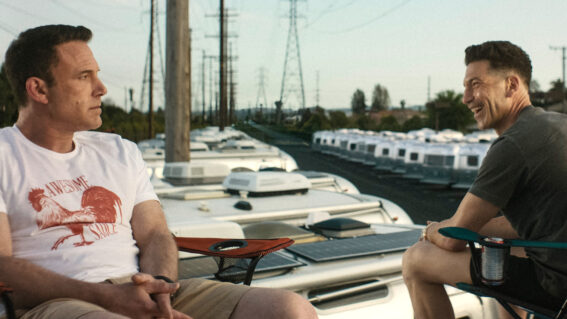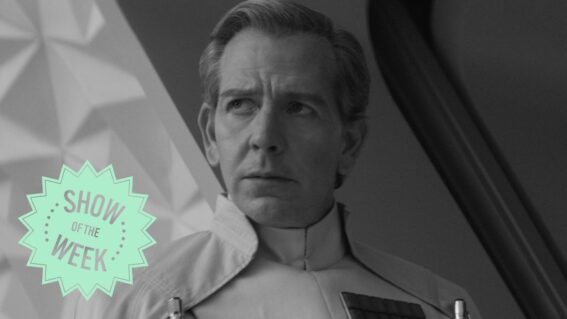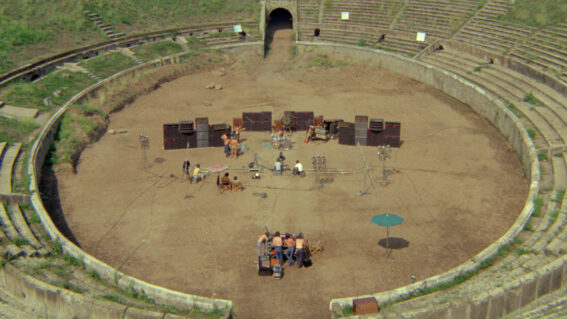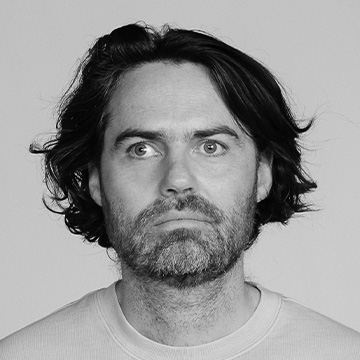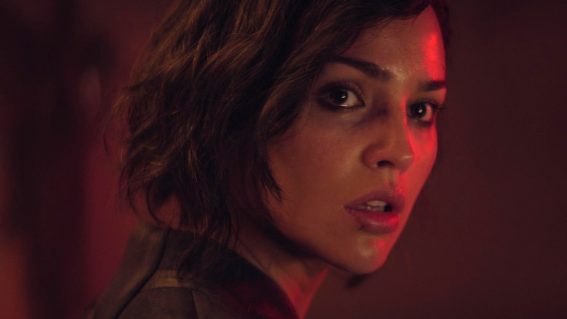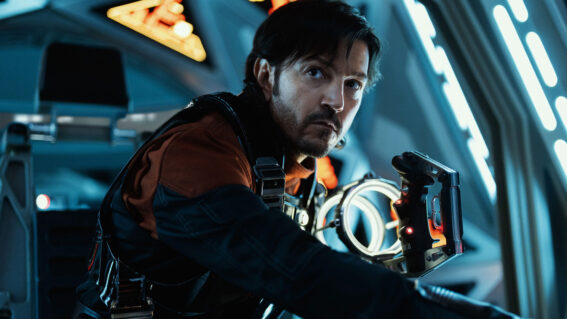Can Meg 2: The Trench join the ranks of the best super-sized sequels?
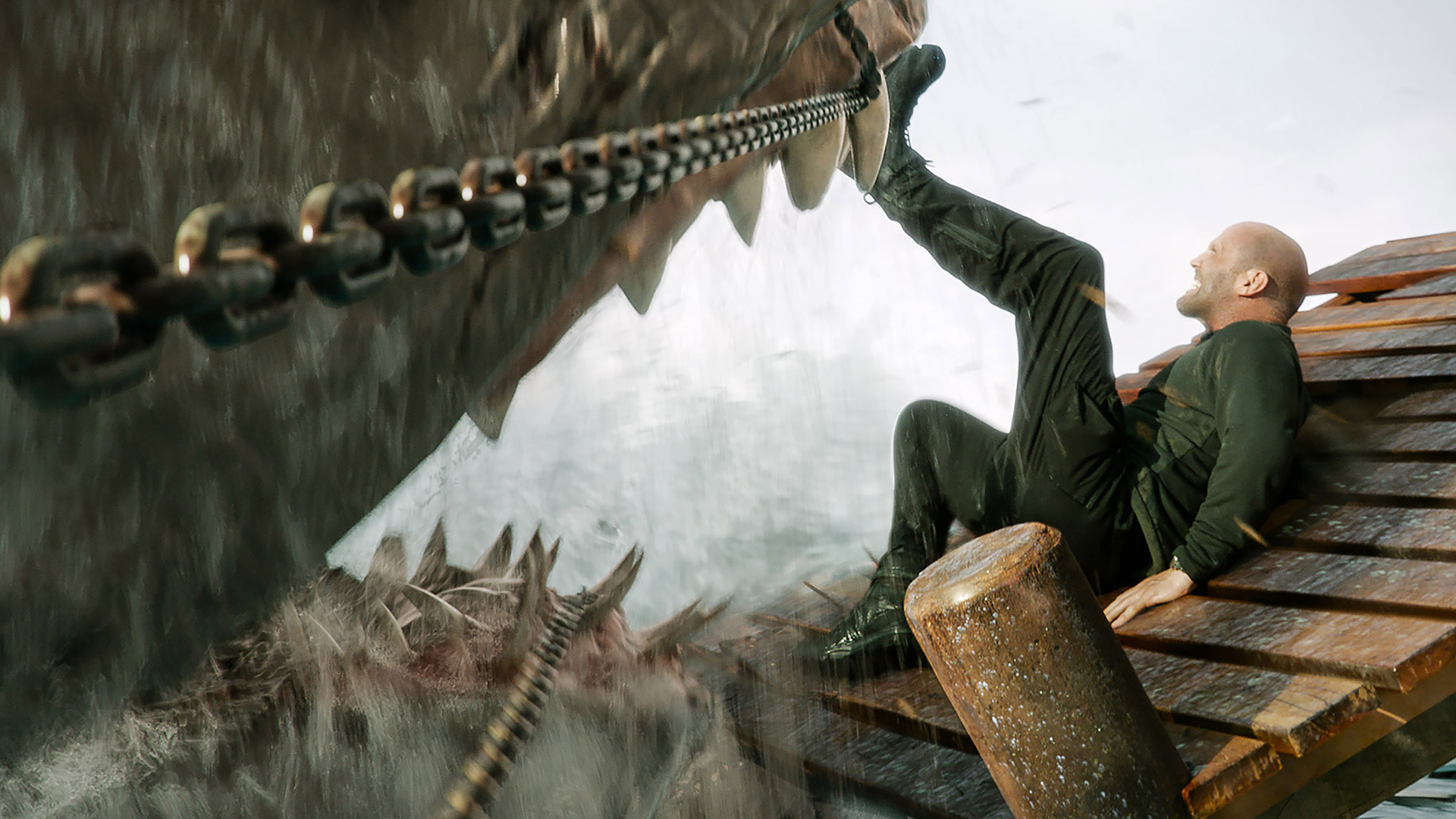
In anticipation of the oversized craziness of Meg 2: The Trench, Dominic Corry celebrates the best ante-upping sequels ever.
Finally emerging from a long period of development hell in 2018—more than two decades after Steve Alten’s novel Meg was published and became a hot adaptation prospect—The Meg proved a breezily entertaining giant shark movie with a healthy sense of its own ridiculousness.
The new sequel, Meg 2: The Trench, is notable for several reasons.
The first being that it’s a prominent figure in Hollywood’s particularly fraught relationship with the word “The”. Most title re-jigging involves removing the definite article where there should be one, (see: Last Action Hero, Terminator 2), but they added a “The” to the original film title (the book is just called “Meg”, remember), apparently because market research told them people thought the movie was about a woman named Meg. Who may or may not crochet. Now for the sequel, they’ve removed the “The” again, possibly because The Meg: The Trench sounds silly
The second is that it is the big-budget studio debut for British director Ben Wheatley, who caught everyone’s attention with 2011’s folk horror/crime thriller nightmare Kill List, and has made some interesting stuff since then (Sightseers, High-Rise, the Netflix Rebecca), but hasn’t ever quite gotten around to the kind of giant sellout movie that any interesting new director is expected to do these days, like mandatory military service or something. Very interested to see how much of his sensibility shines through here.
The third is that after innumerable aborted attempts at making the film over the years, The Meg bore little resemblance to the source novel. The trailer for the new film brings back the novel’s most iconic moment (a Meg chomping down a T-Rex), so I’m curious to see if many/any other ideas from the book end up in the second film. That’s what happened with The Lost World: Jurassic Park, which presented various ideas from the first book that the first Jurassic Park film ignored, and similarly began with an iconic beach-set opening scene from the novel
And the fourth, and the most relevant for this feature, is that, based on all advance appearances, the sequel is leaning into the first film’s aforementioned sense of its own ridiculousness by increasing the insanity with multiple Megs, presumably some other creatures that come out of The Trench (the trailer promises tentacles) and a more gleeful embracing of mass-death, placing it aspirationally within the canon of crazy ante-upping sequels.
So here we are going to cite some other members of that canon, and assign a number for the factor by which the craziness was increased. As these films show, sometimes bigger is better. And crazier always is.
Mad Max 2/The Road Warrior (1981)
George Miller’s follow-up to 1979’s Mad Max was so removed from the down-and-dirty original that American distributors didn’t feel the need to play up the connection and presented it as its own movie. As much an organic sequel as it is a total reinvention, Miller’s still-dazzling masterwork took the speedy kinetics of the original to a place never before seen in cinema, and created an entire genre in the process.
Crazier than Original by a Factor of: 3
Rambo: First Blood Part II (1985)
Is James Cameron the best sequel ante-upper in cinema history? His name shows up a lot on this list, but the ante-upping sequel he’s probably least famous for is this Reagen-era classic which converted the (relatively) thoughtful dramatics of 1982’s First Blood into an insane one-man-army killing spectacular which defined the action genre for the rest of the decade.
Cameron has a credit on the screenplay alongside Stallone, and apparently came up with the whole “go back to Vietnam (and win this time!)” angle of the film. He famously wrote it at the same time he was churning out the script for the next entry.
Crazier than Original by a Factor of: 2.5
Aliens (1986)
Considered by many to be the greatest sequel of all time (it’s definitely the greatest sequel title of all time), writer/director James Cameron deftly extrapolated on many of the peculiar specificities of Ridley Scott’s Alien (1979) to create an equally unsettling continuation that generated untold amounts of dread on a broader canvas.
The gold standard for sequels that live up to the vast potential of the original.
Crazier than Original by a Factor of: 4.26
Gremlins 2: The New Batch (1990)
Met with something of a confused shrug from audiences upon initial release, Joe Dante’s follow-up to his own 1984 hit has grown in estimation since then. It not only expanded the scope by taking place in an urban environment, and introducing a whole bunch of weird types of Gremlins, it effectively functions as a satire of the film it is sequelising. Which is a bold move today, and even more so in 1990.
The sequel’s estimation has rightfully grown over time, even resulting in this semi-iconic Key & Peele sketch.
Crazier than Original by a Factor of: π
Terminator 2: Judgment Day (1991)
Having set the bar for ante-upping sequels with Aliens, Cameron embraced the challenge of constructing a sequel to his focused and lean 1984 techno-horror with a scale that met the now-stratospheric status of its previously less-known star, Arnold Schwarzenegger. As Miller did in 1981, Cameron’s attempt to outdo himself set a whole new bar for big action set-pieces.
I recently learned (from this book) that Steven Seagal was at one point considered to play the T-1000. That would’ve been nutty.
Crazier than Original by a Factor of: 15 (not coincidentally the budget ratio between the two films)
Jason X (2001)
For the tenth Friday the 13th movie, they took a little inspiration from 1997’s Leprechaun 4: In Space, and went… to space. And the future. And then they cast legendary Canadian director David Cronenberg in a speaking role. And somehow, unlike Leprechaun 4, it all sort of works.
Crazier than Original by a Factor of: 10, duh.
Bad Boys II (2003)
With the Hollywood statures of star Will Smith and director Michael Bay having risen considerably in the eight years since Bad Boys was a modest hit, a whole lot more money was in play for the sequel, in which the Bayhem was ramped up to a billion.
Crazier than Original by a Factor of: Bay
Fast Five (2011)
Although Justin Lin—the director who came on board with 2006’s The Fast and the Furious: Tokyo Drift (the third film)—had begun to expand the scale of the franchise with 2009’s Fast & Furious (the fourth film), things went to a whole new level with this Rio-set fifth franchise entry, which gleefully waved goodbye to the laws of physics and took a franchise about street racers into the realm of the sublimely ridiculous.
Although subsequent ventures into said ridiculosity have dampened its impact, Fast Five remains the modern standard for crazy ante-upping sequels.
Crazier than Original by a Factor of: 7










